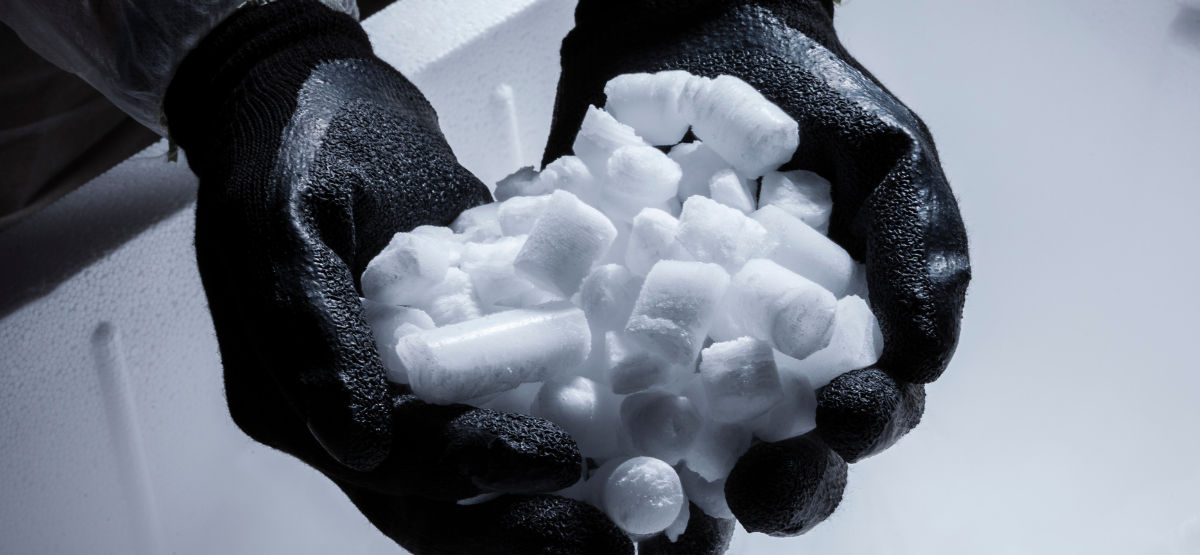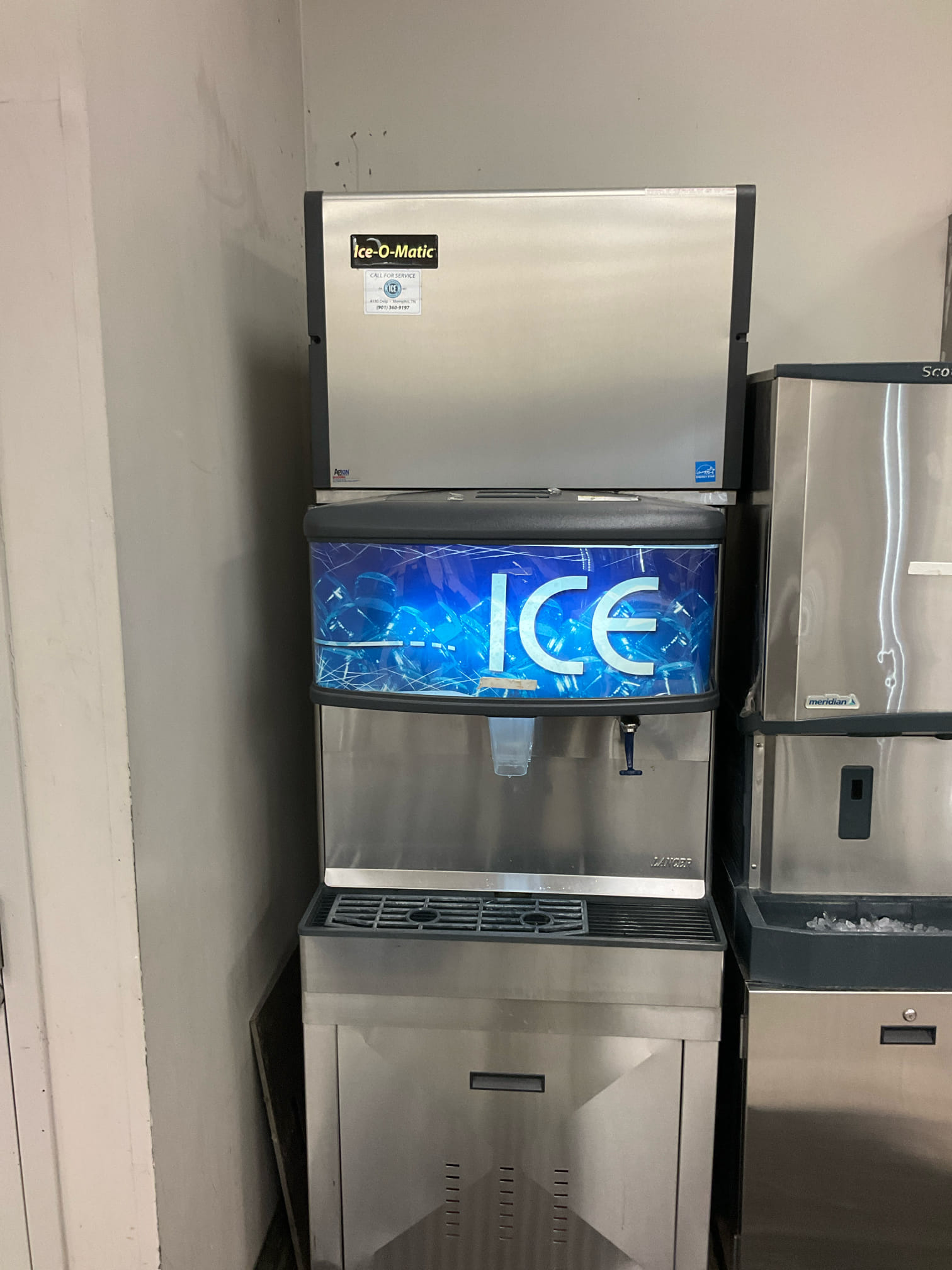proudly serving
the mid-south

Ask the Experts: Cold Hard Facts about Dry Ice
So, you’re curious about dry ice. Trust us, we’ve been there. Turns out dry ice is a bit harder to handle over the frozen water ice we all know and love.
So, you’re curious about dry ice. Trust us, we’ve been there. There is a reason Memphis Ice doesn’t sell dry ice machines and storage. Turns out—and this is a real shocker—dry ice is a bit harder to handle over the frozen water ice we all know and love. We think water ice provides more value for our customers than dry ice. But that doesn’t change the fact you’re curious.
Well, why don’t we do something about that? In this blog, we will cover the basics, uses, and dangers of dry ice. Let’s get started!
What is dry ice?
The first step to creating dry ice is to liquefy carbon dioxide and inject it into a holding tank. Then, an expert freezes CO2 at -109 degrees Fahrenheit and compresses it into either pellets or large blocks.
Dry ice was born in the early 1900s. About 20 years later, businesses started using dry ice in commercial settings. Unlike water ice, which turns into a liquid, dry ice converts back into a gas at room temperature. How sublime!
Where is dry ice used?
People around the world use dry ice in a wide variety of industries and contexts. How so?
- Food preservation and storage. Fun fact: CO2 makes foods taste sour!
- Spooky, ambient fog
- Beverage carbonation. Pop, pop. Fizz, fizz!
- Preserve specimens and organs in hospitals and labs
- Pest control! From bed bugs to mosquitoes, dry ice fumes kill.
- Cleaning electronics without corrosive chemicals
Credit where credit is due: water ice can only do maybe three of those things.
Can you make it at home?
Dangers of dry ice
Water ice is frigid; dry ice is piercing. It will hurt you. Absolutely under no circumstances handle dry ice unless you know what you are doing. Here are three reasons why dry ice is too dangerous for your own good:
- Frostbite: Exposing unprotected skin to dry ice, which is -109 degrees Fahrenheit, will burn your skin.
- Explosive: Dry ice shifts from a solid to a gas, bypassing the liquid phase of matter. This process is called sublimation. If you store dry ice in conditions warmer than -109 degrees Fahrenheit, CO2 gas builds and creates pressure. Kaboom.
- Fumes: Normal air is composed of .04% CO2 gas. Concentrations greater than 0.5% are dangerous to your health. Headaches, confusion, disorientation, and even death are possible in a poorly ventilated indoor room.
Do we recommend dry ice?
No, we do not. Here are three reasons why:
- Commercial water ice is pretty stable and not life-threatening to eat.
- Dry ice is difficult to create and store for everyday use.
- Fog is overrated.
If you are experienced in handling and sourcing dry ice with proper equipment, then go forth and prosper. Dry your ice to your heart’s content! We’re pretty happy with our wet and simple water ice over here at Memphis Ice, though.
Recent News

What to Look for During Routine Walk-In Cooler Inspections Friendly Tips for Easy Maintenance

Why Humidity Spikes Reduce Ice Machine Output and How to Fix It Easily

Advantages of Seasonal Refrigeration Tune-Ups for Energy Savings and Longevity

Water Quality Impact on Ice Machines Explained Simply for Better Maintenance

What Causes Mold Growth Inside Ice Machines And How To Prevent It Easily

What to Check Before Calling for Emergency Refrigeration Repair to Save Time and Money



